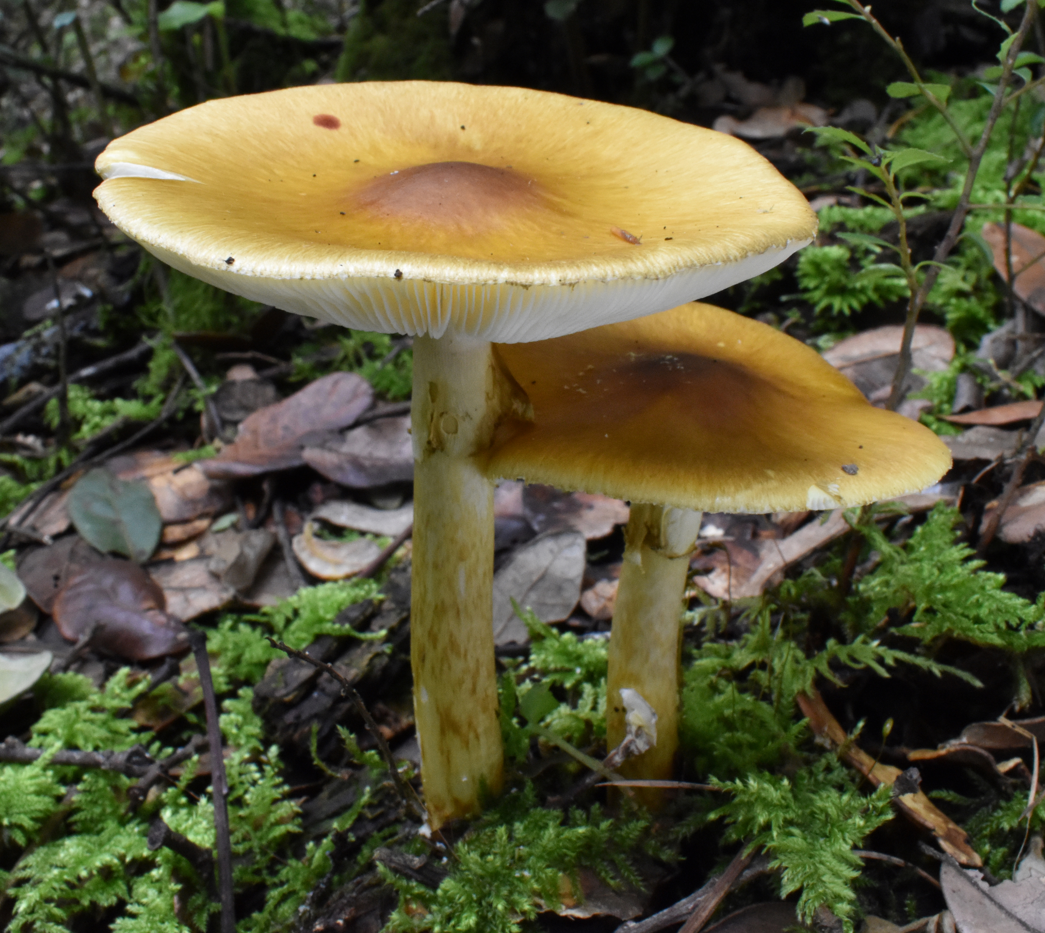Reviewed by Danielle Ellis, B.Sc.Jun 7 2022
Poisonous mushrooms are a great threat to human health, but they also create crucial drugs and biomolecules. Amanita mushrooms are without a doubt the most lethal of all of them. Distantly related mushrooms like Galerina and Lepiota, on the other hand, produce the same lethal cyclic peptide toxin, α-amanitin.
Scientists from the Chinese Academy of Sciences’ Kunming Institute of Botany (KIB/CAS) have discovered two new genes responsible for toxin biosynthesis and found that these mushrooms use variations of a similar pathway for toxin production.
 Deadly Amanita subjunquillea in Yunnan Province, China. Image Credit: Kunming Institute of Botany.
Deadly Amanita subjunquillea in Yunnan Province, China. Image Credit: Kunming Institute of Botany.
According to the investigators, three mushroom genera, Amanita, Lepiota, and Galerina each evolved independently and customized their toxin production abilities to their own needs.
Amanita makes major advances in the production of hundreds to thousands of cyclic peptide toxins by utilizing a significant number of precursor genes (MSDINs) and posttranslational genes, such as cytochromes P450 (P450s). Galerina, on the other hand, has only one precursor gene that codes for α-amanitin. Lepiota is in between, producing about 10 precursor genes.
The genetic basis for Amanita to produce an arsenal of unknown and known toxins is the mechanism for Amanita to assume the deadliest mushrooms, resulting in over 90% of all lethal poisoning cases.
How did these various mushrooms end up on the same path? Horizontal gene transfer (HGT) was discovered to be the underpinning mechanism by which various mushrooms acquired the capacity to produce the toxin instantaneously. Furthermore, HGT did not occur between these three genera, but rather through an unidentified ancestral mushroom(s).
For the first time, the mechanism by which two distantly related lethal mushrooms produce the same toxin has been revealed. The genetic basis revealed in this research opens up the possibility of harnessing the ability and inventing novel cyclic peptides for mankind’s benefit.
Source:
Journal reference:
Luo, H., et al. (2022) Genes and evolutionary fates of the amanitin biosynthesis pathway in poisonous mushrooms. Proceedings of the National Academy of Sciences. doi.org/10.1073/pnas.2201113119.